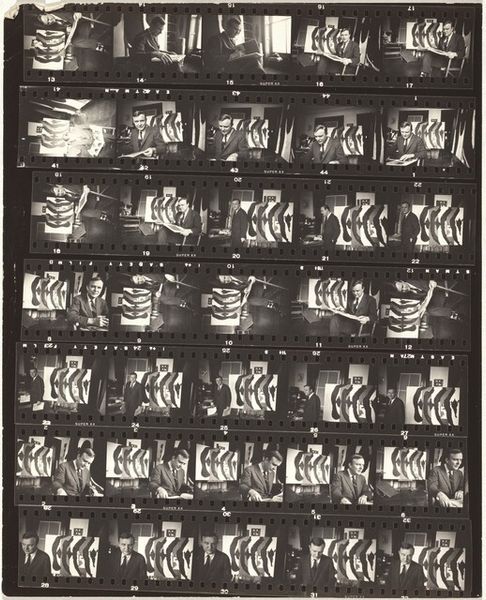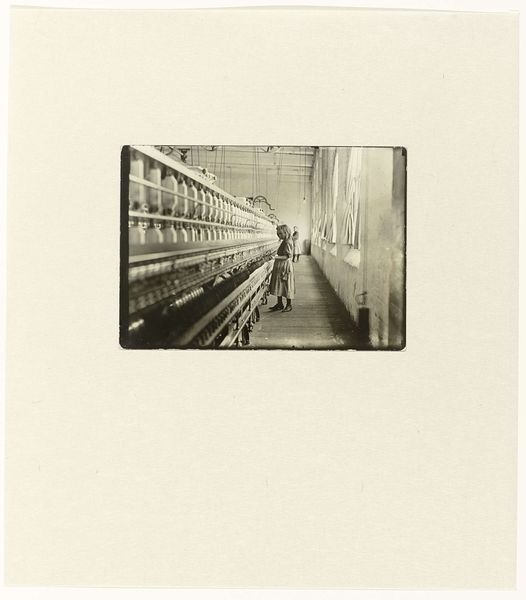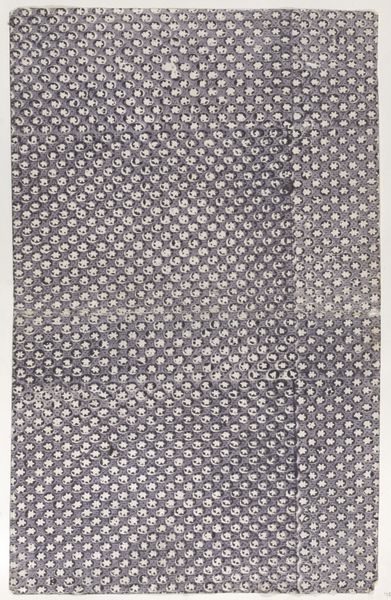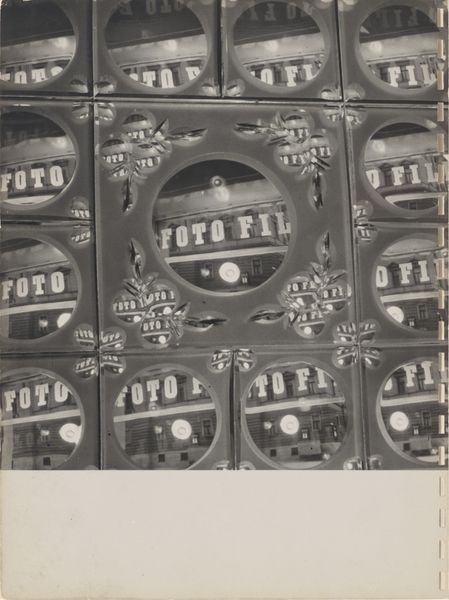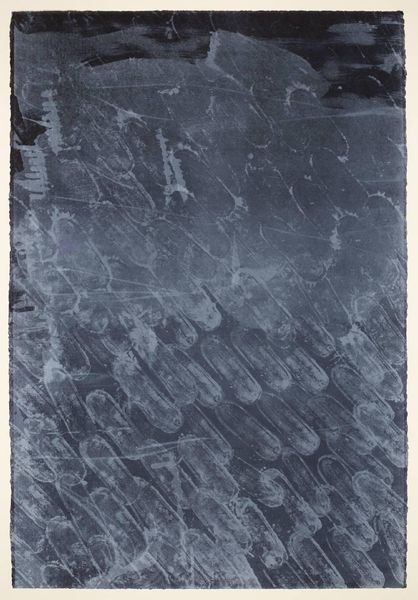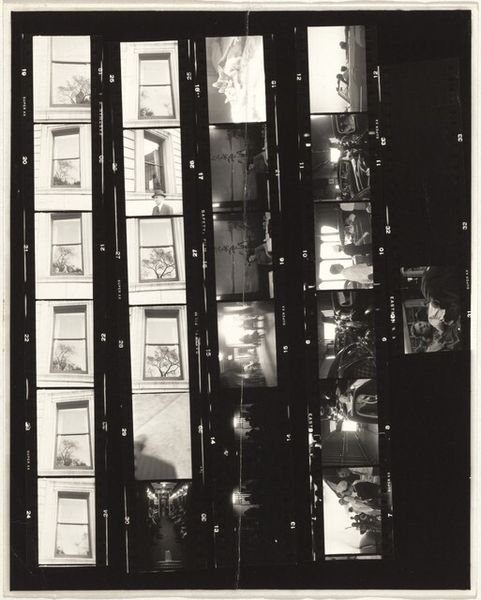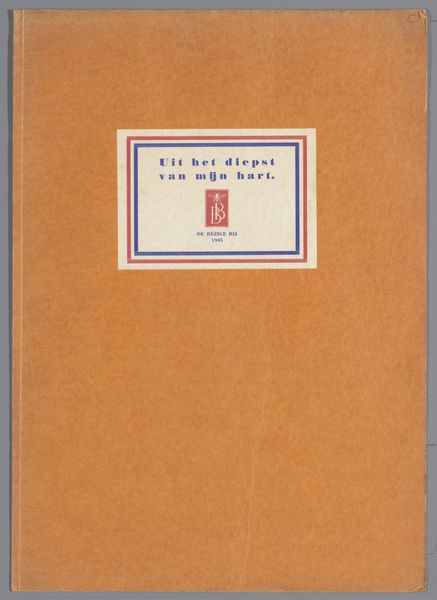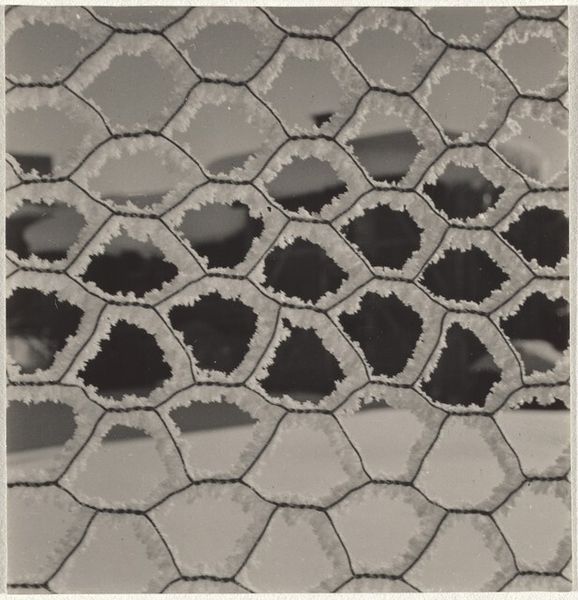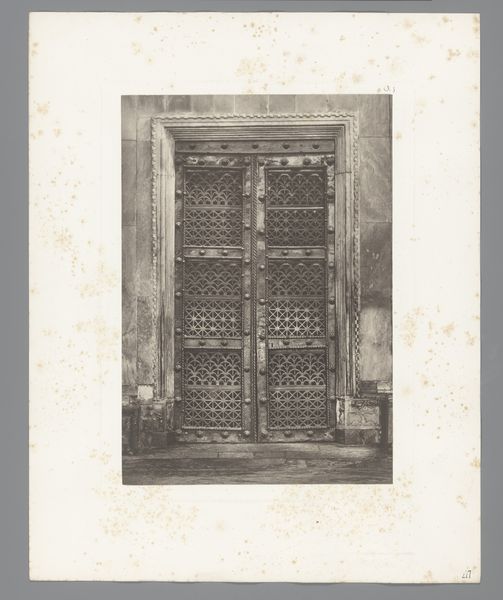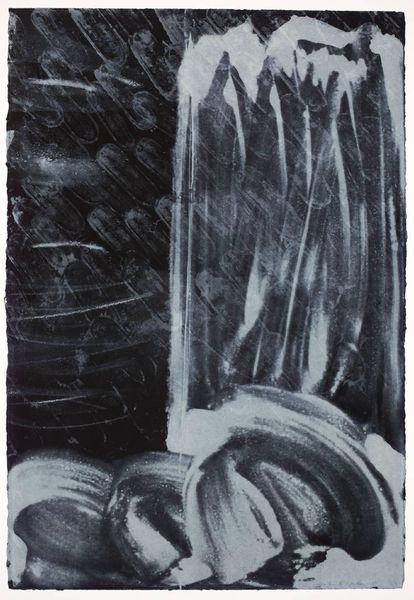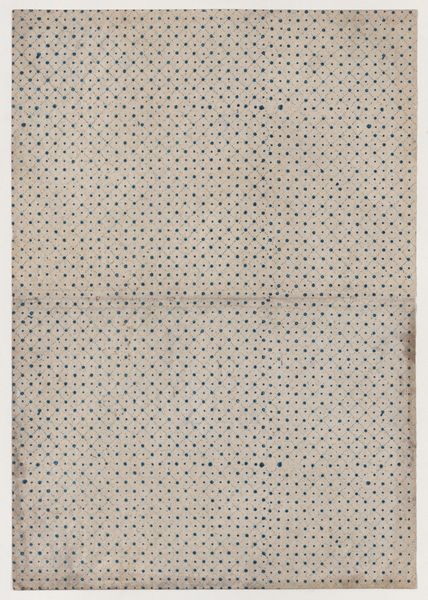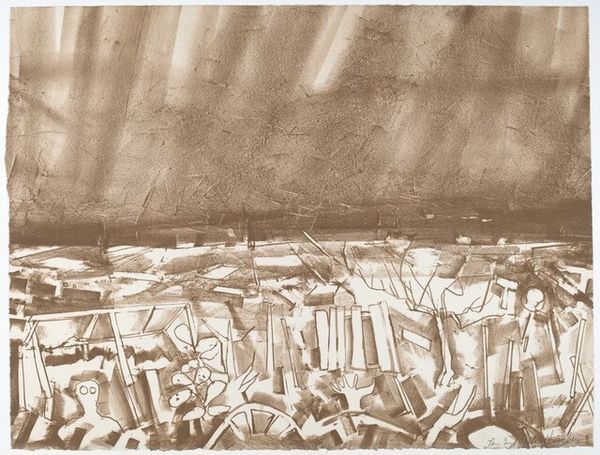
Untitled (Harvest Documentary for Andersen & Co) c. 1939 - 1940
0:00
0:00
photography, gelatin-silver-print
#
photography
#
gelatin-silver-print
#
macro photography
#
realism
Copyright: Public Domain
Editor: We’re looking at Karl Theodor Gremmler's "Untitled (Harvest Documentary for Andersen & Co)", a gelatin silver print made around 1939-1940. It’s an interesting composition—rows and rows of tins, possibly of food. There’s something unsettling about the repetition. What do you see in this piece? Curator: I see a meticulously constructed image, less about the individual object and more about the system of production and distribution. The uniformity speaks volumes about the industrialization of agriculture, particularly poignant considering the timeframe, right on the cusp of World War II. Think about what “harvest” meant in Germany at this time and the social context of the need to provide for a nation perhaps readying itself for war. Editor: So, you see this as a political image? Is it celebrating this industrialized production, or is there a critique embedded in the repetition? Curator: That's the crucial question. Given Gremmler’s engagement with realism, I’d argue there’s an element of social commentary. Consider the firm these tins were produced for: Andersen & Co. The title points towards it being commissioned, making the neutrality questionable. Photography, then and now, rarely stands outside of ideological forces. What isn't shown is just as important as what is. We do not see the hands, the faces of those working with these mass harvests. Editor: I see, it makes me think about propaganda. If the harvest is this abundant, it calms concerns. Curator: Exactly! It’s also a question of who benefits from this harvest. And who controls it. We must also consider the institutional framework. Who displayed this kind of work, and where? These considerations illuminate its public role and political messaging at the time. Editor: It is unsettling, like you said, because of this repetition. But your context puts it into a new light, with layers that reflect political undertones. Curator: Art can reveal its depth as we dive more and more into the when, where and why it was crafted, don’t you agree?
Comments
stadelmuseum almost 2 years ago
⋮
Karl Theodor Gremmler belonged to the generation that embarked on their careers after the National Socialist accession to power. He specialized in photos of industrial food production. His customers included the biscuit manufacturer Bahlsen, “Kaffee HAG”, and above all the Hochseefischerei- Gesellschaft Hamburg, Andersen & Co. K. G. Gremmler photographed the products’ entire process chain from the harvest or catch to the packaging. The photo book Men at the Net, published in 1939 on his own initiative, is a detailed portrayal of navigation and fishing. With the aid of harsh shadows, oblique perspectives, and views from below, his scenes of workers in heroic poses were meant to convey the progressiveness of the German food industry. The design principles served the purposes of Nazi propaganda, which generously sponsored advertising measures of this kind.
Join the conversation
Join millions of artists and users on Artera today and experience the ultimate creative platform.
